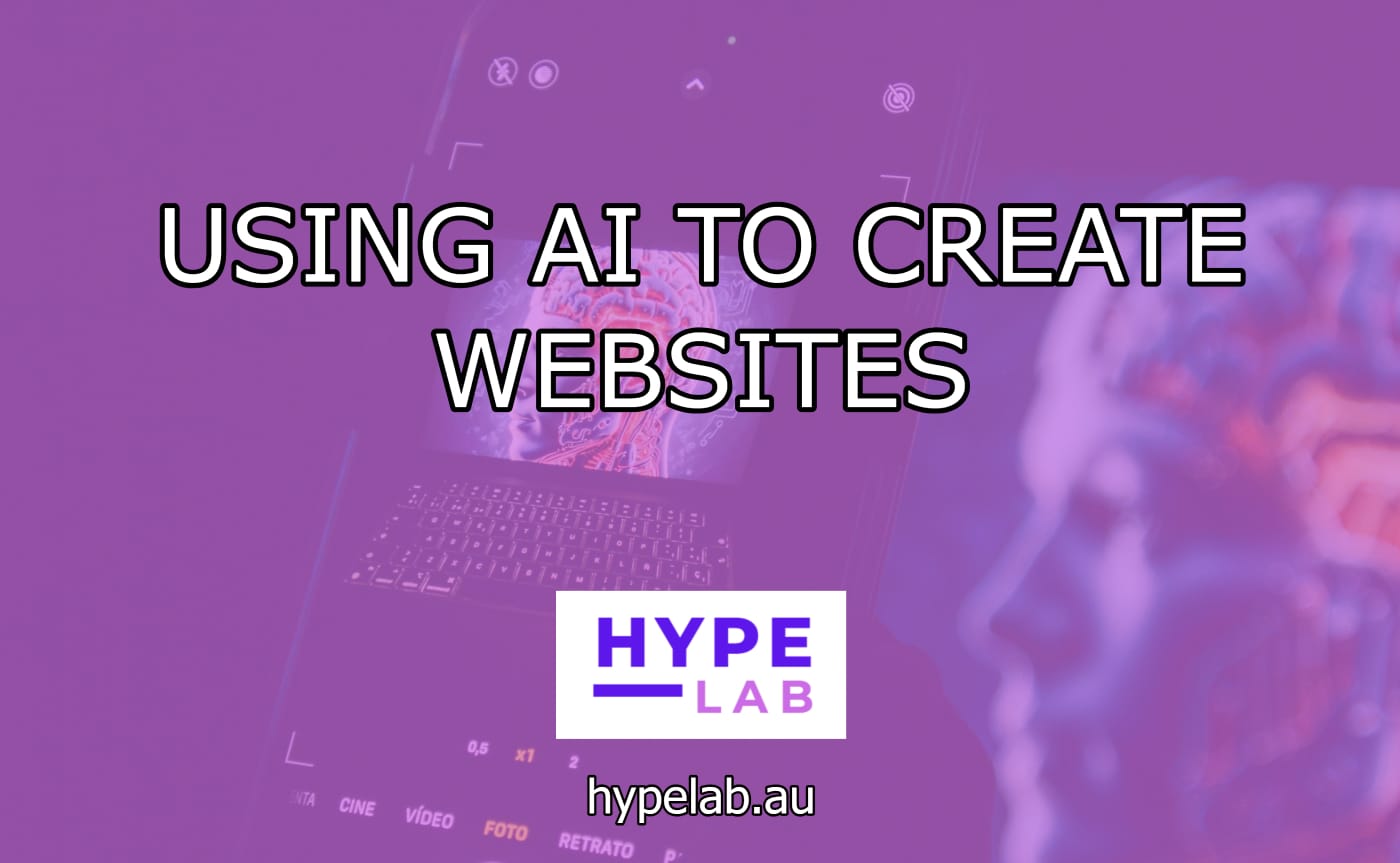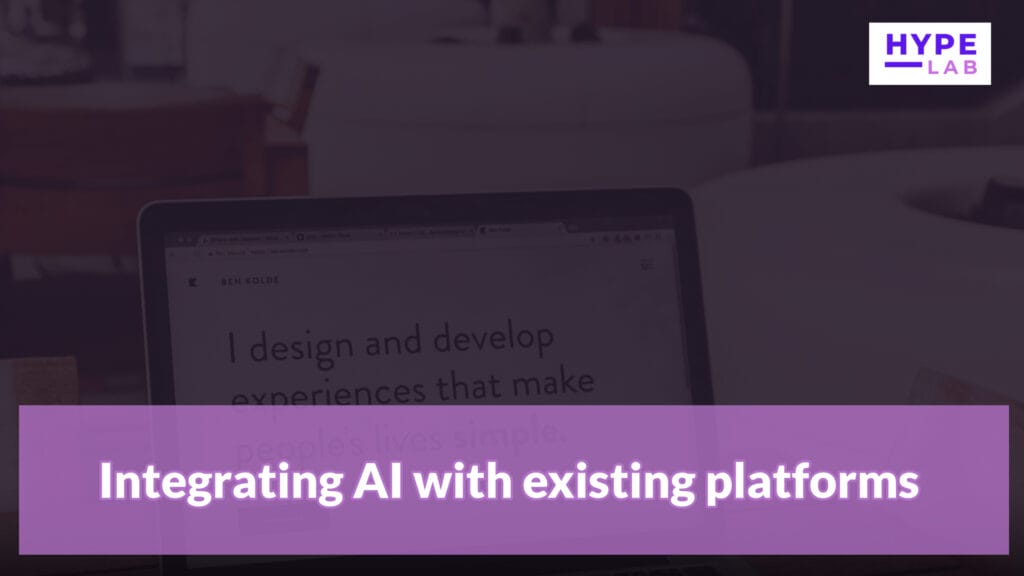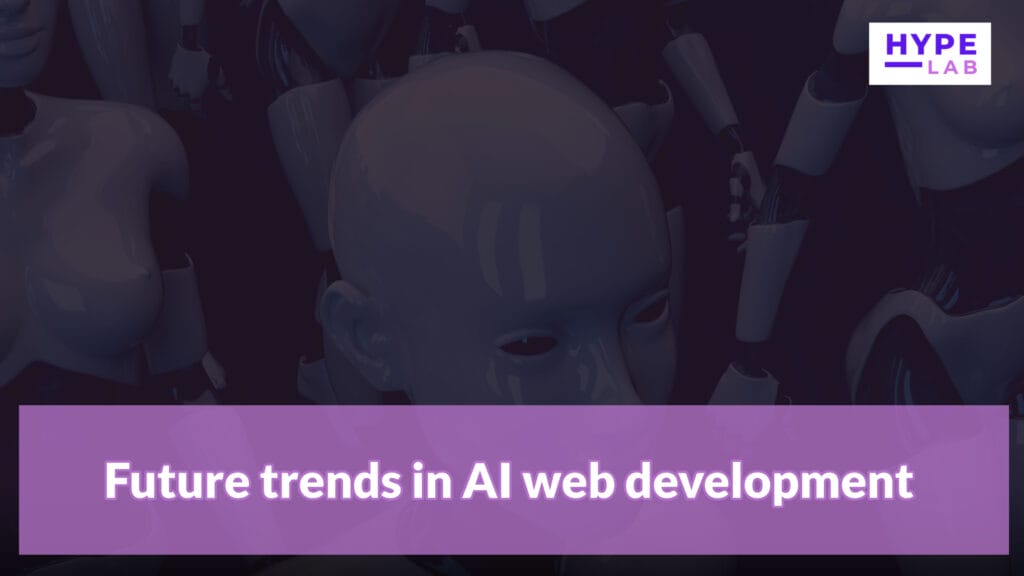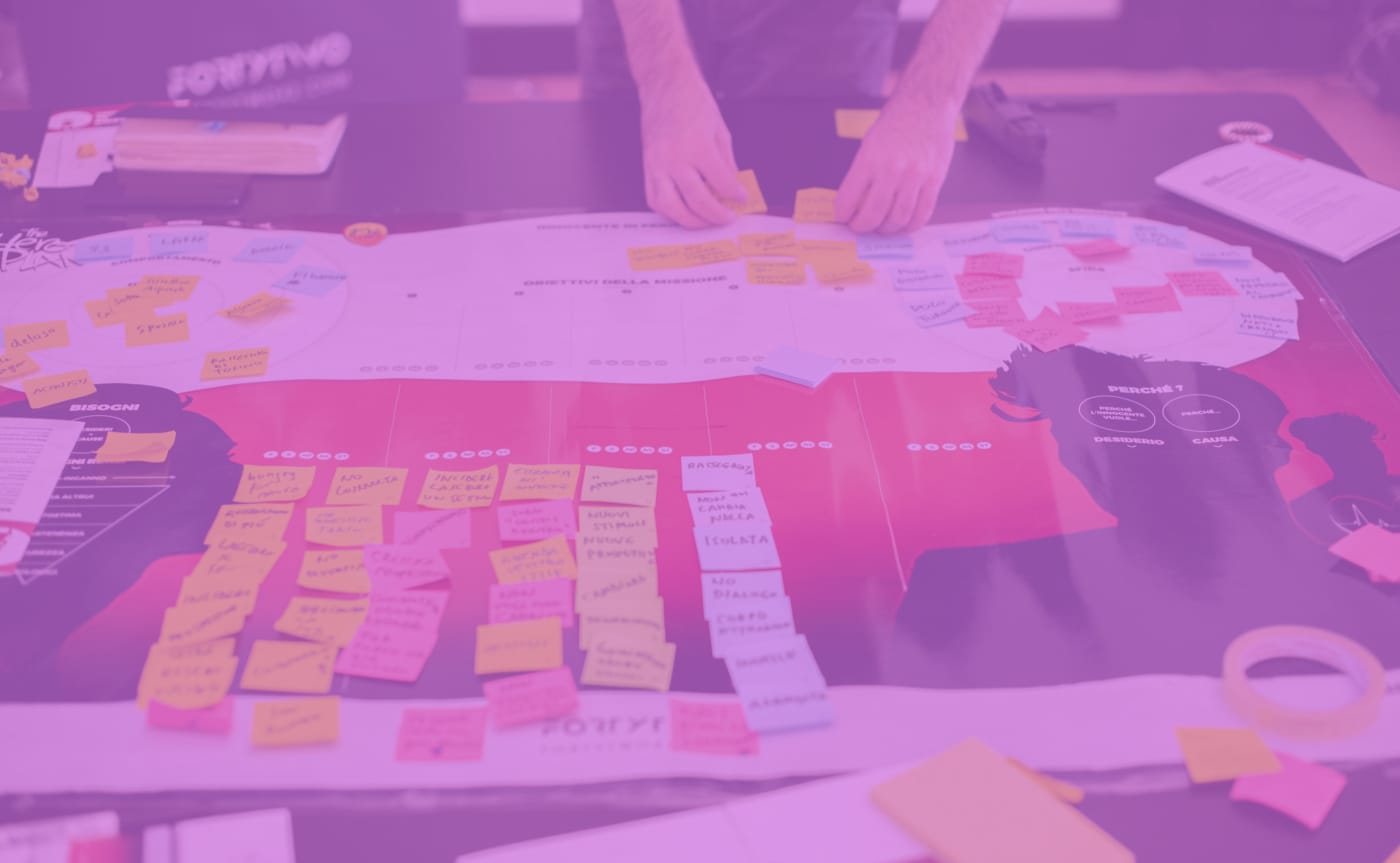
In the rapidly evolving digital landscape, the integration of artificial intelligence (AI) into website development is reshaping the way businesses and individuals create and manage their online presence. The traditional methods of web design, often characterised by labour-intensive processes and extensive coding knowledge, are being transformed by AI-driven tools that streamline workflows, enhance user experiences, and democratise access to high-quality website creation. By leveraging advanced algorithms and machine learning capabilities, these innovative solutions enable users—from seasoned developers to novice entrepreneurs—to design and launch visually appealing, functional websites with unprecedented efficiency. This article delves into the various applications of AI in website creation, examining how AI can automate tasks such as layout design, content generation, SEO optimisation, and even user interaction analysis, ultimately leading to more responsive and personalised web experiences. As we explore the benefits and challenges of incorporating AI into website development, we aim to provide insights into how these technologies are not only redefining industry standards but also empowering users to realise their creative visions without the barriers traditionally associated with web design. Whether you are looking to enhance your existing site or embark on a new digital venture, understanding the potential of AI in this domain is essential for navigating the future of online presence.

Understanding AI’s role in web design
AI is transforming web design by streamlining processes and enhancing user experiences. Through advanced algorithms and machine learning, AI can analyse vast amounts of data to identify user preferences and behaviours, allowing designers to create more personalised and effective websites. Automated tools can generate design layouts, suggest colour palettes, and optimise content placement based on the latest design trends and user engagement metrics. This not only speeds up the design process but also ensures that the final product is both visually appealing and highly functional.
Moreover, AI-driven analytics provide insights into website performance, enabling designers to make data-informed decisions. With features such as A/B testing and user feedback analysis, AI can help pinpoint areas for improvement and suggest necessary adjustments in real time. This iterative approach fosters continuous enhancement of websites, ensuring they evolve in response to user needs and market dynamics. Ultimately, AI acts as a powerful ally for web designers, combining creativity with data-driven precision to deliver engaging and effective online experiences.
Benefits of AI for website creation
Additionally, the integration of AI into website creation enhances accessibility and inclusivity. Intelligent tools can automatically adjust layouts and content to accommodate diverse audiences, ensuring optimal engagement for users with varying needs. Features such as voice commands and adaptive interfaces created through AI technologies allow users to navigate websites more intuitively, thereby broadening the reach and usability of online platforms.
Furthermore, AI enables significant cost and time efficiencies in the web development lifecycle. By automating routine tasks such as coding, testing, and even SEO optimisation, teams can allocate their resources toward more strategic initiatives. This increased productivity not only accelerates the project timeline but also reduces the risk of human error, resulting in higher quality outcomes. As a result, businesses can maintain a competitive edge by rapidly launching and iterating their online presence to meet dynamic market demands.
Key AI tools for web development
Among the standout AI tools for web development are code generation platforms and design assistants that leverage machine learning algorithms to streamline various aspects of the process. Tools like GitHub Copilot utilise natural language processing to assist developers in writing code more efficiently by suggesting snippets and completing functions based on context. This not only speeds up development but also aids less experienced programmers by providing real-time support and guidance. Additionally, platforms like Wix ADI and Bookmark employ AI-driven design capabilities, automatically generating website layouts that align with user preferences and industry standards, allowing businesses to quickly establish a professional online presence.
In the realm of performance optimisation, AI tools such as Google PageSpeed Insights and Cloudflare’s Bot Management utilise advanced analytics to enhance website speed and security. These tools analyse user behaviour patterns and provide actionable insights, enabling developers to make informed adjustments that improve user experience and site reliability. Overall, the incorporation of these AI solutions facilitates a more agile development environment, equipping teams to respond swiftly to evolving market demands while ensuring the delivery of high-quality web applications.
How AI enhances user experience
and optimise website performance accordingly, ensuring a seamless interaction between users and the digital environment. By utilising predictive analytics, AI can anticipate user needs and deliver personalised content, significantly enhancing engagement levels. For example, e-commerce platforms can tailor product recommendations based on browsing history and purchase behaviour, leading to higher conversion rates and customer satisfaction.
Moreover, AI-driven chatbots and virtual assistants improve user experience by providing immediate support and assistance around the clock. These intelligent systems can understand and respond to user inquiries in real time, offering solutions or directing them to relevant resources. This not only reduces wait times but also fosters a more interactive and responsive environment, making it easier for users to navigate websites and access information efficiently. The integration of AI thus transforms user interactions into highly personalised, efficient experiences that cater to individual preferences and behaviours.
Customising websites with AI algorithms
Through the application of machine learning techniques, website customisation can evolve to accommodate individual user preferences and behaviours dynamically. AI algorithms analyse vast amounts of data to create user profiles, enabling the delivery of tailored experiences that resonate with each visitor. This might include adjusting layouts, colours, and even content based on user demographics or past interactions, thereby fostering a more engaging environment that encourages longer site visits and increased return rates.
The ability of AI to continuously learn from user engagement patterns means that websites can adapt in real-time, optimising elements such as call-to-action placements or navigation paths to enhance usability. Furthermore, by leveraging A/B testing powered by AI, organisations can quickly identify the most effective design choices and functionalities, ensuring that their sites remain competitive and aligned with user expectations. The adoption of such advanced algorithms not only streamlines the website management process but also provides insights that drive strategic decisions in digital marketing and user engagement strategies.
AI in responsive web design
Adaptive design principles benefit significantly from the integration of artificial intelligence, as it allows web interfaces to respond intelligently to various devices and screen sizes. AI algorithms can evaluate data from a diverse range of user interactions, identifying optimal layouts and element sizes for different contexts. By automatically adjusting design features based on real-time feedback, websites can ensure a consistent and visually appealing user experience across all devices, from smartphones to desktop computers.
Moreover, AI-driven tools can streamline the development process by suggesting responsive design elements that better align with industry standards and user behaviour trends. This automation not only reduces the time and effort required for manual adjustments but also enhances the overall efficiency of the design workflow. As a result, businesses can focus more on creativity and strategy, while AI handles the complexities of responsive design, ensuring that digital content remains accessible and engaging for every user, regardless of their device.

Future trends in AI web development
The integration of machine learning into web development is anticipated to revolutionise how developers approach complex tasks, significantly reducing the time spent on coding and debugging. Advanced AI models will empower developers to generate code snippets through natural language prompts, enabling a more intuitive and efficient coding experience. Furthermore, these models are expected to learn from vast amounts of existing code, improving their ability to suggest optimised solutions tailored to specific project requirements. This shift towards AI-assisted coding will not only enhance productivity but also make web development more accessible to individuals without extensive technical backgrounds.
Additionally, the future landscape of web development will likely see a greater emphasis on personalised user experiences driven by AI analytics. As AI technologies become more sophisticated in analysing user behaviour, websites will be able to dynamically adapt content, layouts, and functionality based on individual preferences and interaction patterns. This level of customisation will not only improve engagement and retention rates but also create a more meaningful connection between users and digital products. By leveraging AI’s capabilities to anticipate user needs and deliver tailored experiences, businesses can gain a competitive edge in the ever-evolving digital marketplace.
Overcoming challenges with AI implementation
The successful implementation of AI in web development often encounters several challenges that organisations must strategically navigate. One significant hurdle is the integration of AI tools within existing workflows and systems, which can lead to resistance from team members accustomed to traditional methods. Ensuring that all stakeholders understand the benefits and functionalities of AI technologies is crucial for fostering a collaborative environment. Moreover, organisations must invest in training to equip their teams with the necessary skills to leverage these tools effectively, which can initially require considerable resources and time.
Data quality and accessibility also present challenges, as AI systems rely on vast datasets to function optimally. Organisations must ensure that their data is not only comprehensive but also clean and relevant, as inaccurate or biased data can lead to ineffective or skewed AI outputs. Establishing robust data governance practices will be essential in overcoming these obstacles. Ultimately, with a holistic approach that encompasses training, stakeholder engagement, and data management, organisations can successfully implement AI solutions that enhance their web development processes and create more dynamic user experiences.
Integrating AI with existing platforms
The incorporation of AI capabilities within established platforms necessitates a comprehensive approach to system architecture and data flow. Organisations must evaluate their current technological infrastructure to identify integration points that allow AI tools to enhance functionality without causing disruption. This often involves leveraging APIs and other connectivity options to ensure seamless communication between AI models and existing applications, promoting a unified user experience. Additionally, maintaining compatibility with legacy systems while adopting new AI technologies can require significant customisation and ongoing support, underscoring the importance of a well-defined integration strategy.
Furthermore, adopting an iterative approach to integration can facilitate smoother transitions and quicker adaptations to emerging AI capabilities. By starting with pilot programs or smaller-scale applications, organisations can gather insights and feedback to refine their integration processes before broader implementation. This method not only minimises risks but also allows for continuous learning and improvement, enabling teams to adjust strategies based on real-time performance data. As a result, organisations can harness the full potential of AI in enhancing functionalities, improving decision-making, and ultimately driving innovation within their existing platforms.
Measuring success of AI-generated websites.
Evaluating the effectiveness of websites generated through artificial intelligence involves a multifaceted approach that encompasses both qualitative and quantitative metrics. Key performance indicators (KPIs) such as user engagement, conversion rates, and bounce rates provide quantitative insights into how well the website meets user expectations and achieves business goals. Furthermore, analysing user feedback and satisfaction surveys can yield qualitative data that highlights areas for improvement. A comprehensive assessment should also consider the website’s performance in search engine rankings and its ability to attract and retain visitors, as these factors directly influence visibility and long-term success.
The effectiveness of AI-generated websites can also be assessed through A/B testing and user behaviour analytics, which allow organisations to compare variations of design and content to determine the most effective combinations. Such testing enables data-driven decisions that can enhance user experience, ultimately leading to improved ROI. In addition, continuous monitoring and optimisation are essential to adapt to changing user preferences and technological advancements, ensuring that the website remains relevant and effective in achieving its intended objectives.
In conclusion, the integration of AI in website creation is revolutionising the way businesses and individuals approach online presence. By leveraging advanced algorithms and machine learning techniques, AI not only streamlines the design process but also enhances user experience through personalised content and responsive features. As technology continues to evolve, we can expect even greater advancements that will empower creators to build more dynamic and engaging websites with efficiency and precision. Embracing AI in web development is no longer just an option; it has become a necessity for those looking to stay competitive in the digital landscape. As we move forward, harnessing the capabilities of AI will undoubtedly redefine the future of web design and development.
FAQ
Sure! Here are five questions related to using AI to create websites:
- How can AI streamline the web design process?
- What are the benefits of using AI for user experience personalisation?
- How does AI assist in optimising website performance?
- Can AI tools automate content creation for websites?
- What role does AI play in enhancing website accessibility?
What are the key benefits of using AI-powered tools for website design and development compared to traditional methods?
AI-powered tools for website design and development offer several key benefits over traditional methods. They enhance efficiency by automating repetitive tasks, allowing designers to focus on creativity. AI can analyse user data to personalise experiences, improving engagement and conversion rates. Additionally, these tools can provide real-time feedback and optimise designs based on user interactions. Predictive analytics help anticipate trends, ensuring websites remain relevant. Lastly, AI can streamline collaboration among team members, fostering a more cohesive design process. Overall, AI tools enable faster, smarter, and more user-centric website development.
How can AI assist in optimising website content for search engines and improving user experience?
AI can optimise website content for search engines by analysing keywords, user intent, and competitor strategies to suggest relevant topics and improve on-page SEO elements like meta tags and headings. It can also enhance user experience through personalised content recommendations, chatbots for real-time assistance, and predictive analytics to anticipate user behaviour. AI tools can analyse user engagement metrics to identify high-performing content and areas needing improvement, ensuring that websites remain relevant and user-friendly. Ultimately, AI streamlines content creation and enhances navigation, leading to higher search rankings and increased user satisfaction.
What are some popular AI-based platforms or tools available for creating websites, and what unique features do they offer?
There are many AI tools available on the market including hosting companies that include AI website creators as part of their hosting packages. You can check out online hosting solutions to create websites quickly by asking users questions. These platforms enhance user experience with automated design, content generation, and responsive templates, making web development accessible to non-technical users.
How does AI contribute to the personalisation of website experiences for individual users?
AI enhances website personalisation by analysing user behaviour, preferences, and demographics. It employs algorithms to track interactions, such as pages visited and items clicked, allowing it to recommend tailored content, products, or services. Machine learning models can predict user needs and adapt the interface dynamically, presenting relevant information at optimal times. Additionally, AI can segment users into specific categories to deliver customised marketing messages. Overall, this creates a more engaging and relevant experience, increasing user satisfaction and conversion rates.
What ethical considerations should be taken into account when using AI in website creation, particularly regarding data privacy and user consent?
When using AI in website creation, it is crucial to prioritise data privacy and user consent. This includes ensuring clear communication about data collection practices, implementing robust security measures to protect user information, and obtaining explicit consent before collecting or processing personal data. Transparency about how AI algorithms influence content and user experience is essential. Additionally, compliance with regulations like GDPR and CCPA is necessary to uphold users’ rights. Ethical considerations also involve avoiding bias in AI systems and ensuring that users have the option to opt-out of data collection and algorithmic personalisation.


 Previous Post
Previous Post Next Post
Next Post